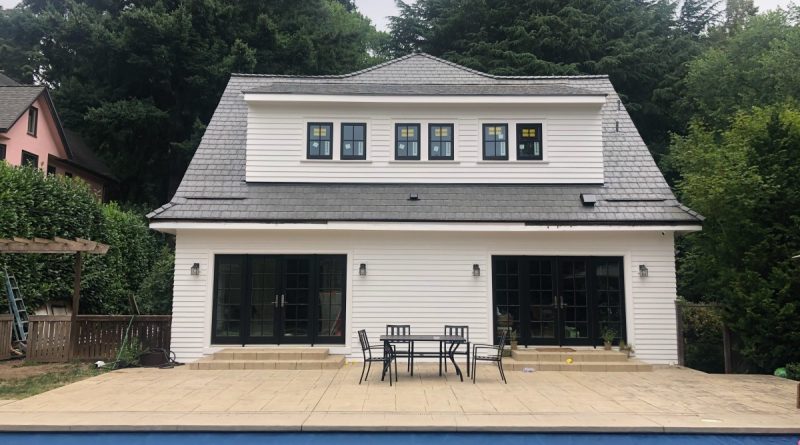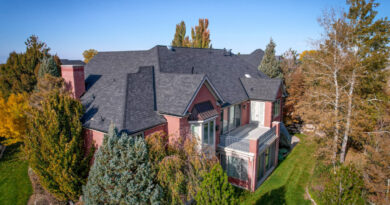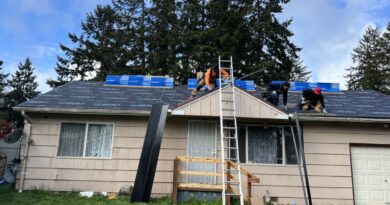Toolbox Essentials: Photos
Roofing Companies Use Photos To Sell, Teach, & Stand Out
by Paul Scelsi, marketing communications manager, Air Vent Inc.
(Editor’s Note: Paul Scelsi is marketing communications manager at Air Vent Inc. and leader of its Attic Ventilation: Ask the Expert™ seminars on www.airvent.com. He hosts the podcast, Airing It Out With Air Vent, and he’s the chairman of the Asphalt Roofing Manufacturers Association Ventilation Task Force. He is the author of the book, Grab and Hold Their Attention: Creating and Delivering Presentations that Move Your Audience to Action.)
There are many great reasons for roofing contractors to take photos of a finished project, not the least of which is to showcase your craftsmanship to potential customers. Ryan Esquivel, an estimator for Keith Green Construction, Aloha, Oregon, shared how his company puts photos and video to work when we interviewed him in a recent episode of our podcast.
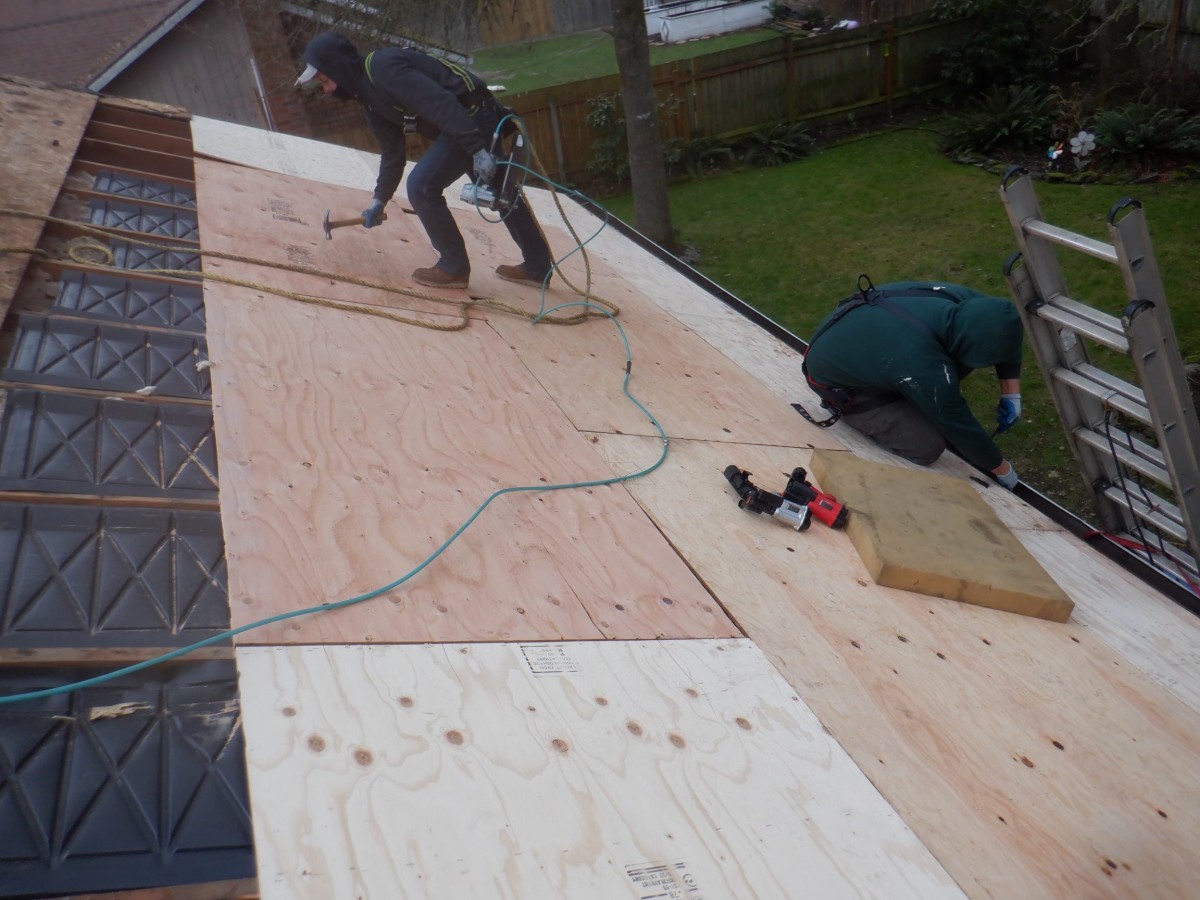
Photos courtesy of Keith Green Construction.
“We use before-and-after photos of our projects in our advertising campaigns showing how the roof and house looked before we worked on it and how it looks in the end,” said Esquivel. “It’s a powerful way to tell a story. We use photos during the entire project from estimating, to billing, during installation, and completed project photos for advertising. It’s a big part of our workflow. It’s a great way to set ourselves apart to show the type of quality work that we do.” Esquivel points out that securing permission from homeowners to take and use photos of their house is an important necessary step. “We ask homeowners to sign a waiver granting us permission to use the photos,” he said.
It Starts in the Attic
Esquivel uses his phone to take all photos. “I meet with the homeowner to discuss the project and then I go into the attic. As I look around, I take photos of anything that needs repair or is potentially problematic. Explaining my findings to the homeowner while I also show them the photos makes the conversation easier,” Esquivel said. His photo checkpoints include making sure the intake vents are clear and free and the attic insulation is not blocking the airflow, examining the condition of the underside of the deck, and looking for any signs of condensation or mold. “Our goal is to deliver high quality solutions with excellent service, and the photographs help us do that.
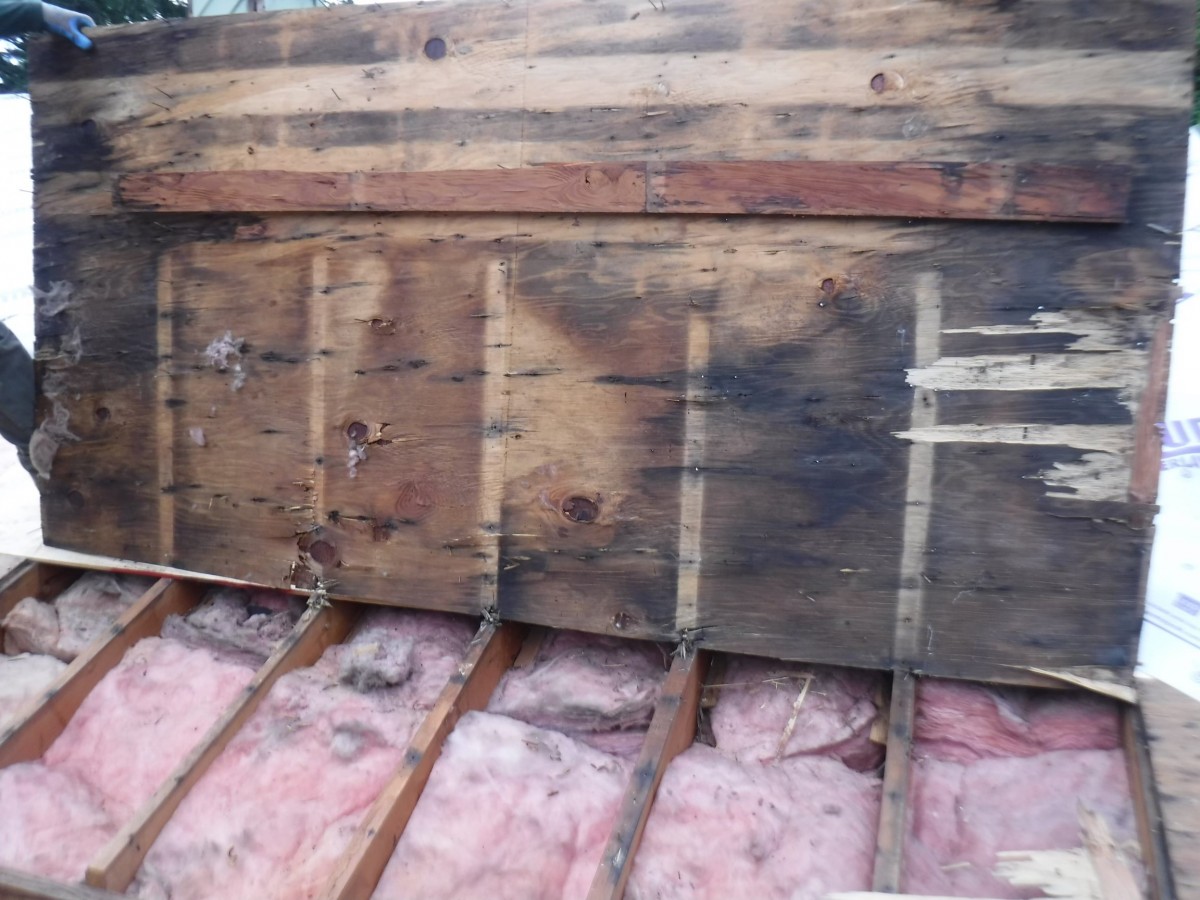
Esquivel points out that video footage captured by a drone is also used by Keith Green Construction. “The videos are helpful during installation. We’ll send them to the homeowner during the project so they can understand the work being done and that we’re not just making a lot of noise on their roof,” he said.
No Surprise Costs
“Every day through the duration of the project we’ll send the customer photos of what work was done the previous day, so the homeowner fully understands the work we’re doing and the associated costs,” Esquivel said. “This includes any unexpected extra steps we had to take along way. Our billing department includes notes with the photos to explain the details.” Esquivel said this approach helps justify the total investment in the roofing project.
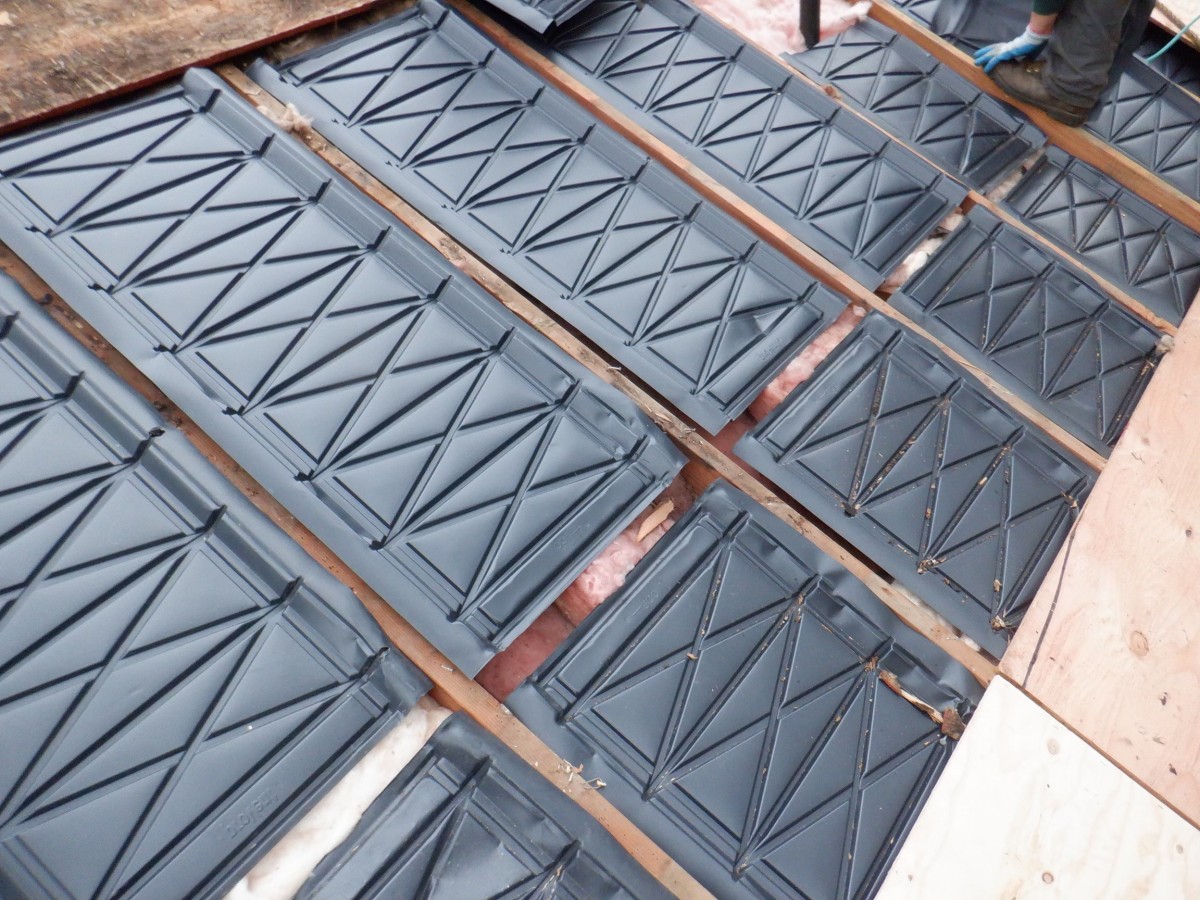
“There are a lot of roofing companies that can tear off old shingles and install new shingles. But using photos to bring attention to the details, such as balanced attic ventilation, siding repairs, flashing repairs, and chimney counter flashing, helps the homeowner understand and be satisfied.”
Securing Potential Customers
While photos and drone footage help current customers understand the scope and cost of the project, they also help land new customers. “Roofing is expensive. It’s not uncommon for us to uncover thousands of dollars in needed improvements beyond just the roof itself,” Esquivel explained. “I only have so much time with the homeowner reviewing the estimate and the plan for their project. I use photos and videos to educate them about the necessary repairs and their options.
“For example, let’s say it’s a vaulted ceiling where there is supposed to be an airflow gap between the insulation and the roof deck. I’ll show the homeowner photos of what the cathedral ceiling is supposed to look like and then I’ll show them what theirs actually looks like.”
Helping New Hires
Another way Keith Green Construction uses the photos from the field is to help educate new employees. “The office manager has to know a lot things about the business, including billing,” Esquivel said. “We’ll use the photos to explain what a ridge vent is, what step flashing is, how we install the ridge vent, etc. That helps with understanding the overall project and the details within the project and the related costs.” Esquivel says his company keeps every photo from every project and it’s not uncommon to have 75-100 photos per project on file.
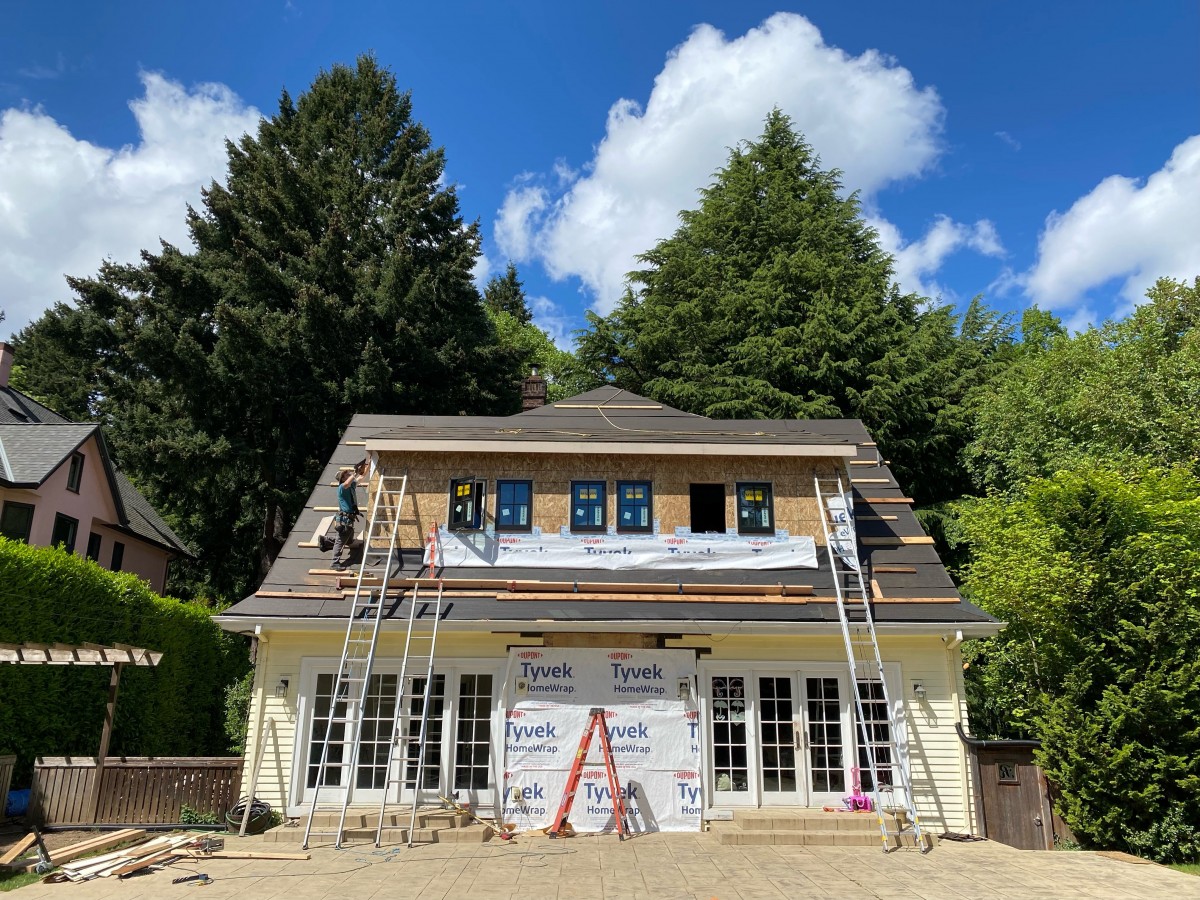
Documentation for Warranties
Having the pictures and video on file comes in handy if there is a warranty question from the customer, said Esquivel. “We offer workmanship warranties to customers for a minimum of ten years. So let’s say there is a leak issue down the road,” he explained. “We could look at the photos to understand how we flashed the chimney, if we used a water-protective membrane, and what were the specifics of that project. It’s very helpful to have the photos.
“When you’ve been roofing for many years and you encounter a variety of situations in the field, if you document it with photography and video, you’ll have quite a library to refer to as needed,” Esquivel said. “You can’t sell quality unless you show the homeowner what quality looks like.”
